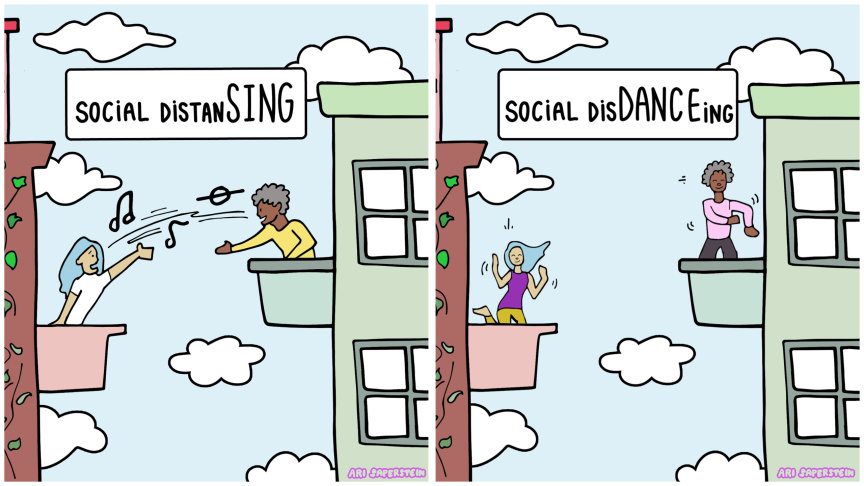When Minnesota went into lockdown, my husband joked that self-quarantine and living in our small town was redundant. For those of us who work at home, this wasn’t too much of a change. We have an established routine. We’re used to less outer stimulation. We’re more familiar with quiet than most.
But for many, the disconnect from work and social environments can be particularly disconcerting. Especially those living alone. After all, isolation is used as a means of punishment in such practices as solitary confinement. Or, if you truly want to hurt someone, ignore him.
What is it that makes isolation so distressing? And how can we come to terms with—even gain from—a situationally imposed silence?
I would offer, keep compassionate company with ourselves.
How does this work?
Silence requires that we face ourselves. There’s nowhere to hide, no distractions to prevent our attention from going down the self-judgment swirly bowl. We may have a habit of shaming ourselves for every perceived mistake, inventing ridiculous expectations, believing our lives are unimpactful to the world at large, and tipping the scales towards the ugly.
Keeping compassionate company with ourselves means that we’re willing to embrace all parts, those we label “good” and “bad.” Acceptance is a key ingredient in unconditional love—a skill we can master given the opportunity. In granting ourselves an abundance of kindness, forgiveness and understanding during tough times, we practice this skill.
In stillness and silence we can also discover our higher nature, which could never be labeled as “good” or a “bad.” After all, how can we judge a being of pure light?
From even as far back as Jesus’s time, the message love your neighbor as yourself implies that humans need to learn to love—first ourselves, then others. For years I wondered, who was loving whom? Am I split in two?
Sort of. I found that my higher nature, Soul, functions more like a compassionate camera, watching dispassionately the choices my human self makes in life. This viewpoint is the source from which I can give higher love to myself and others.
Stillness provides keen training in Soul skills such as honing intuition, exploring and decoding dreams, and experiencing the eternal connection with loved ones at a distance. From this place, I’m an eagle flying free over a rich mountain landscape, fulfilled in simply being alive.
The pain that comes in waves, threatening to pull my human mind and emotions under, can be calmed by the sound of my own voice, like a lullaby. In essence, I “sing” to the part of me that needs healing or company.
During world crises, I feel the weight of struggling masses and an almost desperate desire to serve. Silence has shown me that, when I can’t be on the front lines physically, I can hold others in the most loving space, in a heart that’s as empty as it is full.
Photo by Ani Kolleshi on Unsplash



